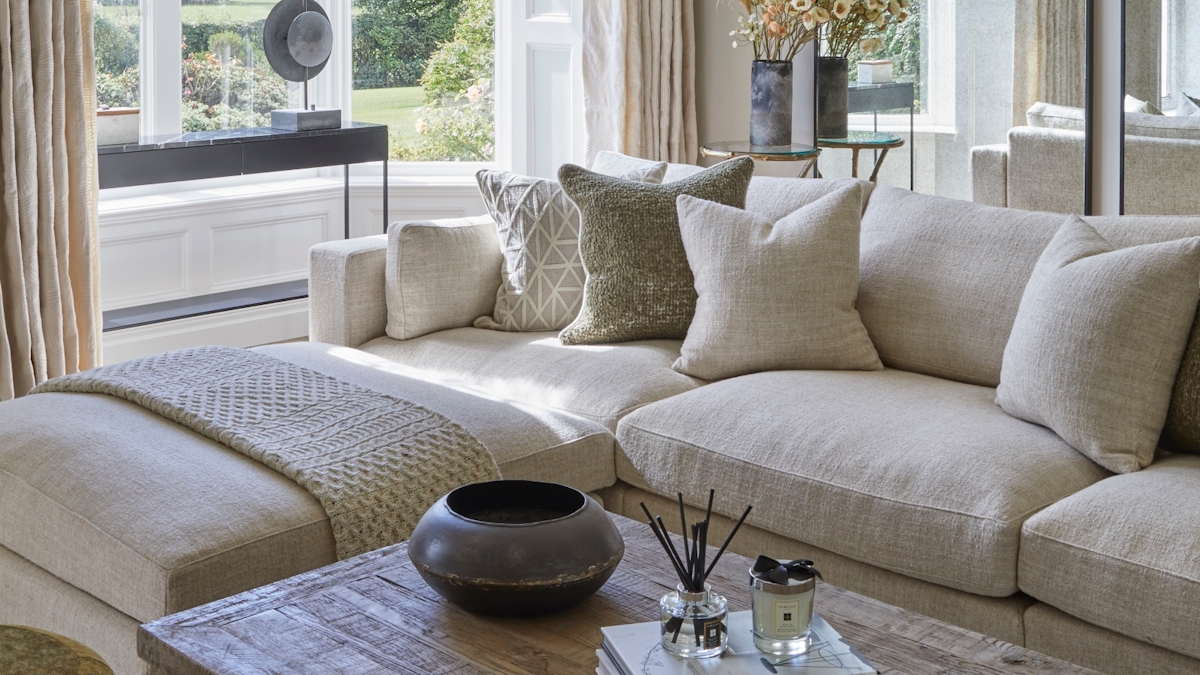Texture is a buzzword in interior design. It’s an essential part of any designer’s vocabulary, because a scheme without texture is a scheme that falls seriously short of the mark.
Adding texture to a room encompasses a great deal more than a few fringe-edged luxury cushions here and a rough-sawn wood texture there. It is the precise art of blending the rough with the smooth and knowing how to create visual texture—the sort that isn’t tactile at all. The answer to "what is texture" and how to apply it to your interior awaits.





